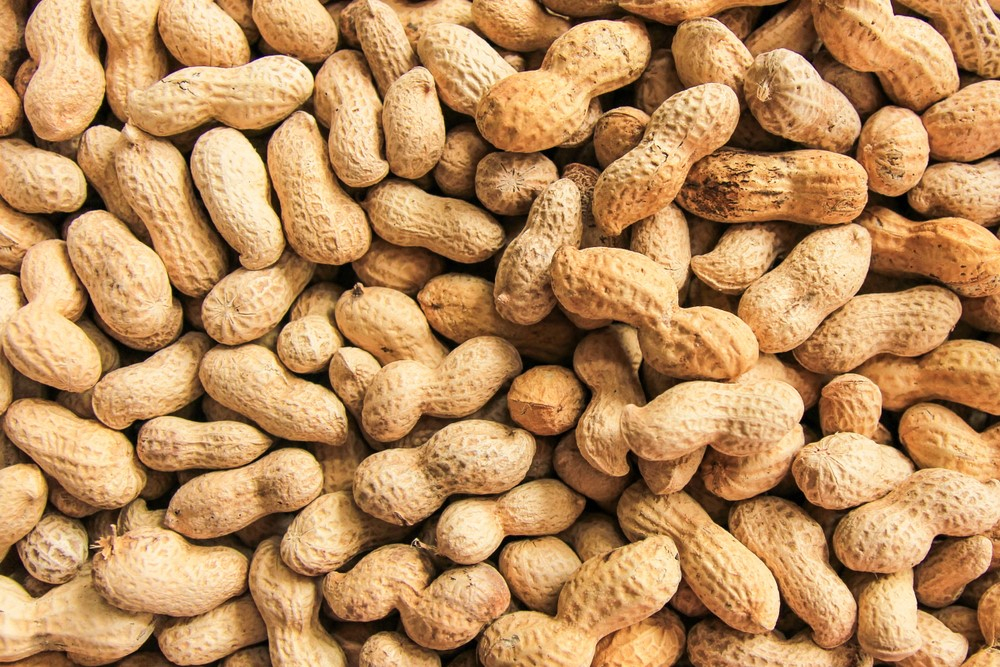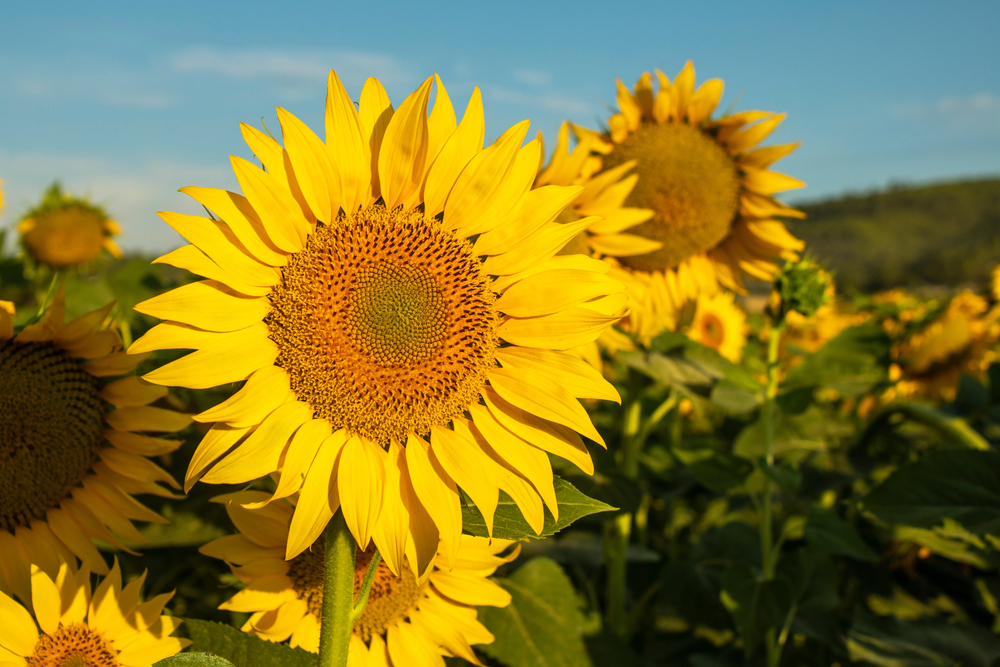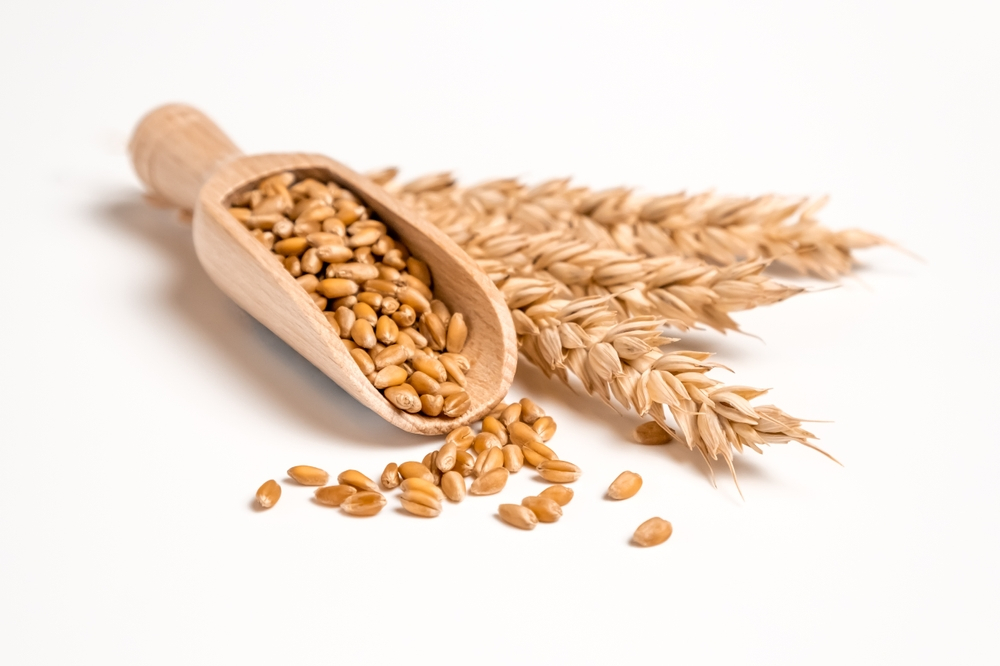Oilseed Meal
Characteristics of some materials used in the feed industry
(A) Meals
(1) Un hulled cotton seed Meal
- It contains 24% protein.
- The peel contains a percentage of gossypol (poisonous).
- It has a high percentage of fiber.
- Calves under 6 months old should not feed it for the two previous reasons.
- It must be reduced in manufactured feed for Al-Ashar livestock, as they cannot tolerate it.
- Cotton seed must be treated thermally before using it in meal production, as the percentage of gossypol is greatly reduced.
- The presence of hay as a filler in rations containing manufactured feeds containing unpeeled cotton meal reduces the toxic effect of gossypol. Because of the presence of carotene and calcium in the wheat, which is greatly lacking in cottonseeds.
- There may be another toxic effect from the presence of pesticide residues.
(2) hulled cotton seeds Meal
- Contains 40% protein.
- It is preferable to use it in manufactured feed for suckling calves and pregnant cattle.
- It contains more protein and less fiber than unpeeled grains.
- Cotton meal, hulled and unhulled, has an astringent effect, so it is preferable to add cocoa dung and bran as softening materials to it in the feed industry.
(3) Flax seeds Meal:
- Contains 29% protein.
- One of the best types of earning.
- Preferable for all types of animals, especially small, growing and emaciated animals.
- It is important in the diet of horses, as it gives their hair shine and shine.
- Laxative for the digestive system, Therefore, it must be fed with coarse, well-fibered materials or holding food, such as cottonseed meal.
(4) Sesame seed meal:
- Contains 36% protein.
- Suitable for feeding all types of animals.
- It has a laxative effect.
- Rich in nutritional and protein compounds of high biological value.
(5) Peanut seeds Meal
- Contains 45% protein.
- Rich in nutritional ingredients with high biological value protein.
- It has a sweet taste, Therefore, animals accept it with appetite.
- It has a laxative effect on the digestive system.
(6) Sunflower seeds Meal
- Contains 40% protein.
- It must be extracted after peeling and roasting the sunflower seeds.
- High in nutritional value.
- Suitable for feeding all types of animals.
(7) soybean seeds Meal:
- It contains a protein content of 40% — 48%.
- It must be extracted after peeling and roasting the soybean seeds.
- The best types of plant protein sources in terms of nutritional value.
- Suitable for feeding all types of animals.
- Due to its low content of calcium, phosphorus, carotene and vitamin D, it is preferable for animal diets to contain hay as a filler.




